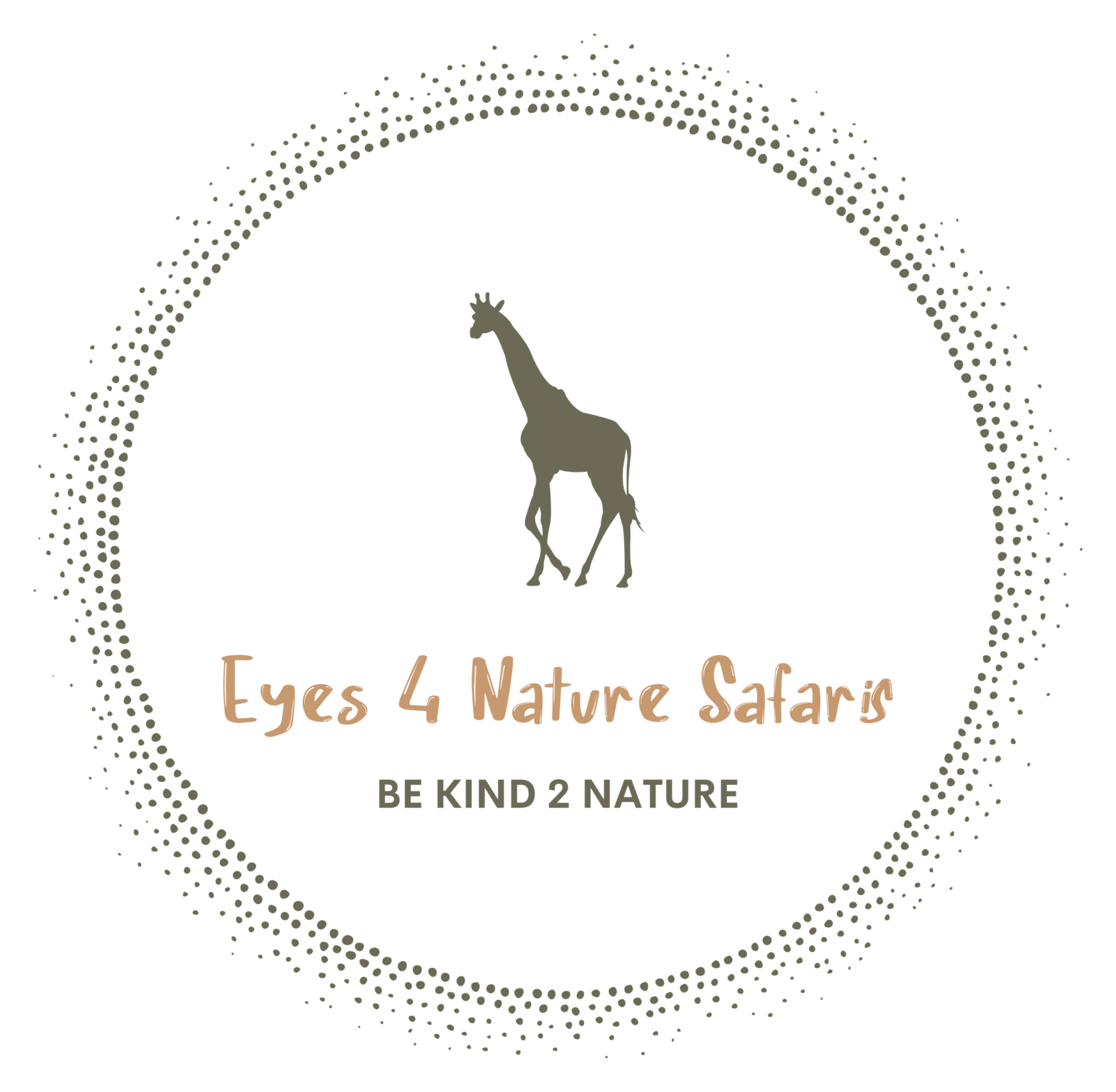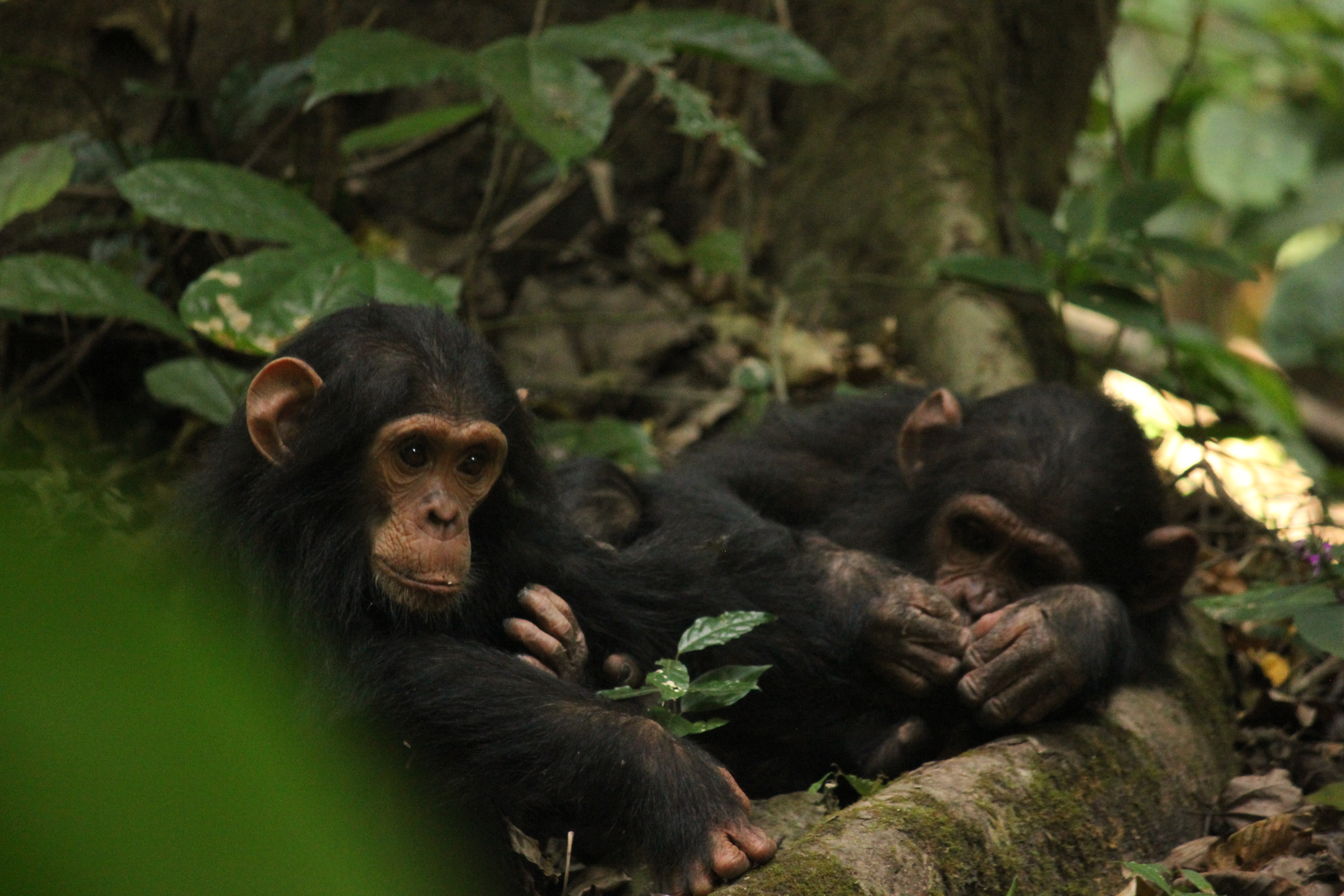
Gombe Stream National Park: Jane Goodall's Legacy & Chimpanzee Haven
Gombe Stream National Park, on the shores of Lake Tanganyika in Western Tanzania, is renowned for Jane Goodall's pioneering chimpanzee research. This small park offers exceptional opportunities for chimp trekking and exploring diverse forest habitats.
Gombe Stream National Park. It might just be Tanzania's smallest national park by area, but let me tell you, its contribution to how we see the natural world is absolutely massive. This is the very place where Dr. Jane Goodall kicked off her groundbreaking work on chimpanzee behaviour way back in 1960. She truly opened our eyes to our closest living relatives. You'll find Gombe nestled on the eastern shores of Lake Tanganyika – a slender stretch of steep, forested valleys with clear streams that dance their way down to the lake. Much like its cousin Mahale, you can only get there by boat, which really helps keep that special, secluded feeling alive. Walking those forest trails, knowing you're following in the footsteps of such remarkable researchers and seeing the descendants of the chimps Jane herself first got to know, well, it’s a deeply moving thing. Gombe is a unique blend of scientific discovery, raw beauty, and a profound sense of connection to nature.
Apollo's Recommendation
Right, if you're planning a trip to Gombe, I’d say set aside at least two to three full days for your chimpanzee trekking. The park isn't huge, sure, but those chimps are always on the move, so the treks can really differ in how long and tough they are. Making a point to visit the area of the old feeding station – though they don't do direct feeding for us tourists anymore – and taking a hike up to Jane's Peak for that wide, sweeping view really gives you a feel for the park's history and how it’s all laid out. The Kakombe Waterfall is another gem you shouldn't miss. Here's a tip from an old hand: try to read a couple of Jane Goodall's books before you set off. It’ll make your time there so much richer. And always remember, these are wild creatures we're talking about; every single sighting is a genuine privilege, not a guarantee.
The Legacy of Jane Goodall
Gombe and Dr. Goodall's work are two sides of the same coin, really. Her long-term studies there completely reshaped primatology and how we approach conservation.
- Pioneering Discoveries: It was right here in Gombe that she first documented chimps using tools, hunting for meat, and displaying incredibly complex social lives. These findings really did blur the lines we once drew so clearly between humans and apes.
- Habituated Chimpanzee Communities: All those years of patient research mean there are now several chimpanzee groups that are very used to human presence, especially the Kasekela community. You'll often get the chance to observe them going about their day.
- Jane Goodall Institute: This fantastic organisation carries on the vital work of research, conservation, and community support in and around Gombe. Popping into the park actually helps fund these crucial efforts.
Chimpanzee Trekking in Gombe:
- The Experience: It’s quite like what you'd find in Mahale. You'll have park rangers leading the way, guiding you into the forest along trails that can get pretty steep and a bit tricky underfoot now and then. These rangers, they’ve got a real knack for finding the chimps, listening for their calls and spotting the subtle signs they leave behind.
- Observation: Once you've located a group of chimps, you'll usually get about an hour to watch them. This is to keep any disturbance to a minimum. There are strict rules about how close you can get and how to behave, and rightly so. I've often found the Gombe chimps to be quite busy and active, giving you amazing peeks into their daily lives.
- Smaller Park, Different Feel: Because Gombe is more compact than Mahale, the forest sometimes feels a bit more intimate. You might even find the chimps hanging out closer to the lake shore, which is always a treat.
Wildlife Highlights Beyond Chimpanzees: While the 150 or so chimpanzees are undoubtedly the stars of the show, Gombe has more to offer:
- Other Primates: You'll see plenty of olive baboons – they can be quite cheeky around the main research area, so keep your snacks secure! You might also spot red colobus monkeys, red-tailed monkeys, blue monkeys, and vervet monkeys swinging through the branches.
- Birdlife: For the birdwatchers among you, over 200 species have been recorded here. Keep an eye out for fish eagles soaring overhead, palm-nut vultures, and a whole host of colourful forest birds.
- Forest Fauna: You might catch a glimpse of a shy bushpig or a bushbuck if you’re quiet and lucky. The streams and the lake itself are home to various fish and other aquatic life.
- Waterfalls: The Kakombe and Mkenke waterfalls are lovely, picturesque spots tucked away in the forest – perfect for a breather.
Best Time to Visit:
- Dry Season (June - October): This is generally your best bet for chimpanzee trekking. The forest undergrowth is a bit thinner, the trails are drier and easier to manage, and the chimps are often simpler to locate.
- Wet Season (November - May): The park is wonderfully lush and green during these months, and the waterfalls are at their most spectacular. However, be prepared for more challenging treks with muddy trails, and the chimps might be a bit more spread out. The heaviest downpours usually happen between March and May.
Accommodation Options: Now, when it comes to places to stay, options within Gombe itself are quite limited. This really underlines its small scale and its primary focus on research.
- TANAPA Guesthouse / Rest House (Kasekela): This is the main spot right inside the park, run by TANAPA. It offers pretty basic rooms or bandas. You absolutely must book well in advance because space is tight. Usually, you’ll need to bring your own food or make arrangements for it.
- Mbali Mbali Gombe Lodge (what used to be Gombe Forest Lodge): If you're looking for something a bit more upscale, this small, tented lodge on the lakeshore within the park is the one. It offers a higher level of comfort and all-inclusive services. It’s the luxury choice here.
- Accommodation in Kigoma: Some folks choose to stay in Kigoma town, which is the nearest big town and a boat ride away. They then do day trips to Gombe. It makes for very long days, mind you, and you don't get quite the same immersive experience.
Activities:
- Chimpanzee Trekking: This is the main event, of course.
- Hiking: You can hike to the waterfalls (Kakombe, Mkenke) and to viewpoints like Jane's Peak for some stunning scenery.
- Swimming & Snorkeling: Lake Tanganyika offers some lovely spots for a dip or some snorkeling, usually near the lodges and away from any areas where crocs or hippos might be.
- Boating: Exploring the lakeshore by boat is a great way to see the park from a different angle.
- Visiting the Research Center: Sometimes it’s possible to arrange a visit to learn more about the ongoing research, but you’ll need to sort that out beforehand.
Practical Information:
- Park Fees: Similar to Mahale, you should budget for significant fees for chimp viewing – think around $100-$150 per adult for every 24 hours, plus your daily conservation fees. It's always best to double-check the latest rates with TANAPA or your accommodation provider.
- Access: Remember, Gombe is only reachable by boat from Kigoma. You can fly into Kigoma from Dar es Salaam, or get there by road or rail, though those are pretty long journeys. The boat trip from Kigoma to Gombe itself takes roughly 1-2 hours if you're in a speedboat, a bit longer if you take a local lake taxi.
- What to Bring: Good, sturdy hiking boots are a must. Pack long-sleeved clothing in neutral colours, plenty of insect repellent, your swimwear, sun protection, binoculars, and a decent rain jacket, just in case.
- Guides: You'll have park rangers with you for all chimp treks; it's mandatory and for your own safety and the well-being of the chimps.
Gombe Stream National Park truly gives you an unmatched look into the world of chimpanzees and the fascinating history of primate research. It's a special place where natural beauty and scientific importance go hand in hand. Yes, the treks can be a bit tough at times, but the reward – observing these intelligent, social animals in the very forests where Jane Goodall made her world-changing discoveries – is an experience that stays with you. It’s a journey that touches on what it means to be human, by helping us understand these incredible creatures who are so very close to us.
Gallery
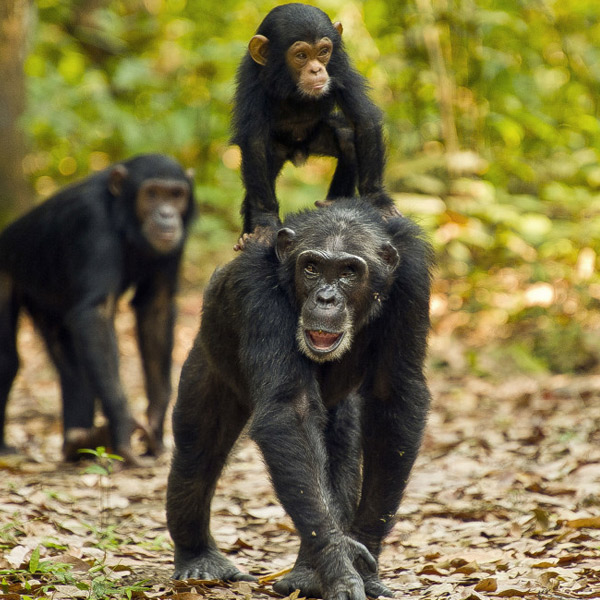
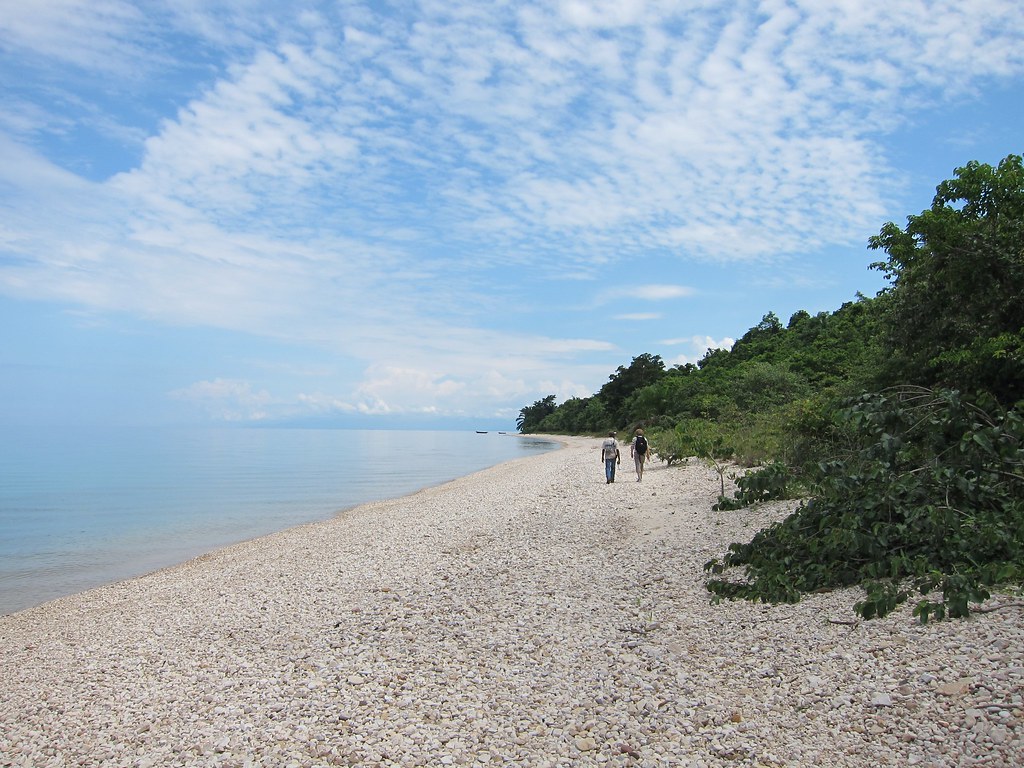
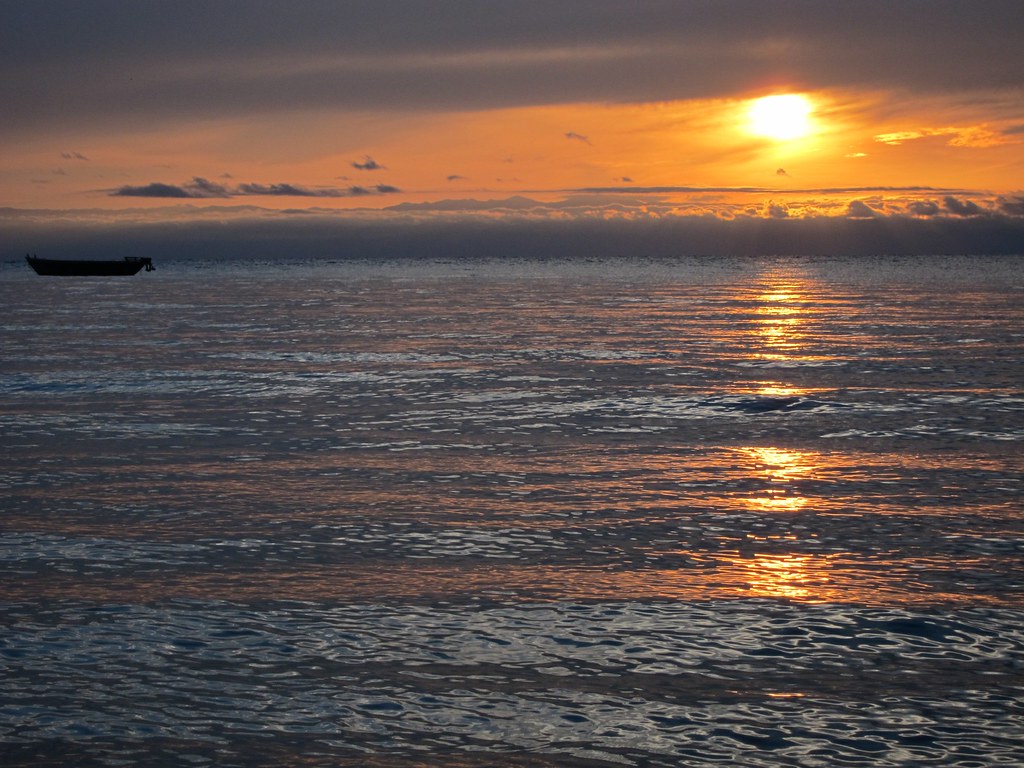
Ready to Book Your Safari Experience?
Contact us today to start planning your perfect Tanzanian safari.
Contact Us